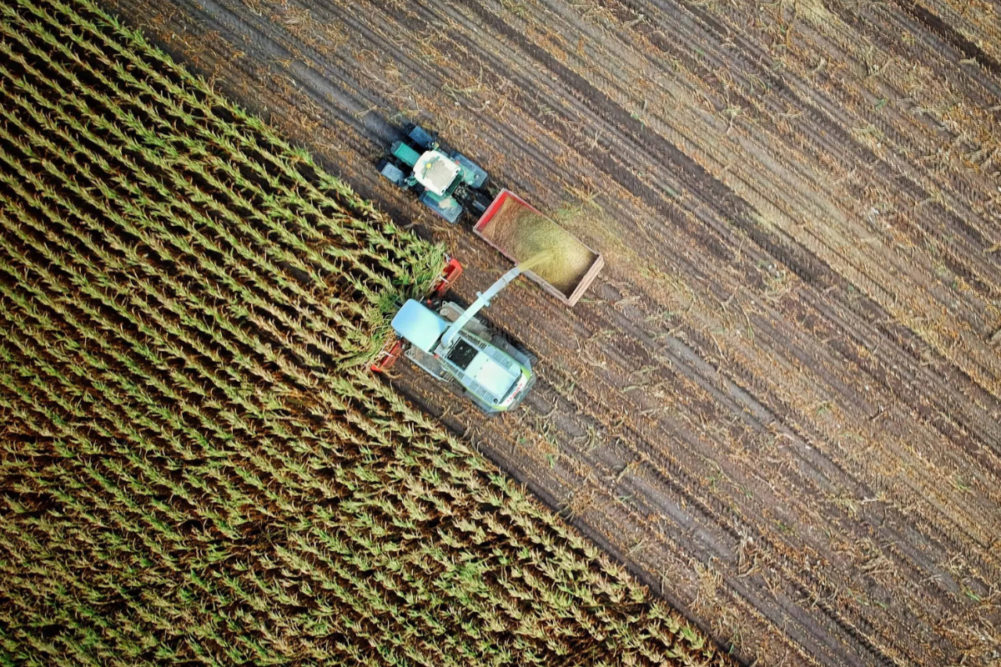LONDON — Tate & Lyle PLC introduced its environmental goals for the decade and updated its response to the coronavirus (COVID-19) pandemic while reporting fiscal-year results on May 21.
Profit before tax was £296 million ($362 million) in the year ended March 31, which was up 23% from £240 million in the previous fiscal year. Adjusted profit before tax rose 4% to £331 million from £309 million. Fiscal-year revenue of £2.88 billion ($3.52 billion) was up 5% from £2.76 billion. The company will not issue guidance for the fiscal year ending on March 31, 2021, because the length and depth of the COVID-19 impact remains uncertain.
“The group delivered a year of strong performance,” said Nick Hampton, chief executive of London-based Tate & Lyle, in a May 21 earnings call. “Food & Beverage Solutions delivered 5% revenue and double-digit profit growth. Sucralose performed well, and profits from Primary Products were higher despite difficult market conditions.”
Among its environmental goals, Tate & Lyle wants to eliminate the use of coal from its operations by 2025 and reduce water use by 15% by 2030. The company seeks to maintain sustainable acreage equivalent to the volume of corn that Tate & Lyle buys globally each year, which is at 1.5 million acres now.
Tate & Lyle by 2025 wants to reduce by 20% its carbon dioxide equivalents in direct emissions from owned or controlled sources and indirect emissions from the generation of purchased energy. The goal is a 30% reduction by 2030. The term carbon dioxide equivalent describes different greenhouse gases in a common unit to signify the amount of carbon dioxide that would have the equivalent global warming impact.
“Other than the outbreak of COVID-19, if there is one issue that has come even more to the forefront over the last 12 months, it's climate change,” Mr. Hampton said. “The climate isn't changing. It has changed. And we are committed to playing our part in tackling this critical issue.”
In response to COVID-19, Tate & Lyle has frozen all discretionary salary increases and stopped non-essential discretionary spend. Tate & Lyle has not furloughed any employees and has not sought government aid. The company on March 31 had a net debt/EBITDA ratio of 0.9x and access to more than $1 billion through cash on hand and a committed and updrawn revolving credit facility.
Tate & Lyle at the beginning of the pandemic rolled out Microsoft Teams to over 3,000 colleagues in 30 locations, Mr. Hampton said.
“This is just one example of a significant acceleration in digital technology across the group, which we will benefit from well into the future,” he said. “We also increased internal communications, including weekly emails and video messages from me and other senior leaders to board employees.”
Tate & Lyle is delivering prototypes to its customers in advance of virtual tasting sessions.
“In April, a joint team from applications, innovation and sales delivered a virtual starch seminar for one major customer to over 160 of their staff from across the world,” Mr. Hampton said. “I doubt we would have been able to get 160 people from one company in so many countries to attend such a seminar pre-COVID-19. This is a great example of turning adversity into advantage and provides yet another route for future customer collaboration.”
In the fiscal year, Tate & Lyle’s food and beverage business posted adjusted operating profit of £162 million, a 13% increase from the previous fiscal year. Revenue increased 6% to £942 million. Within the sucralose business, adjusted operating profit increased 4% to £63 million, and revenue dipped 1.8% to £161 million.
“Revenue from sales of products supporting sugar reduction were up 16%, with sales of our natural stevia sweeteners up 23%,” Mr. Hampton said. “Our range of clean label texturants performed particularly well with revenue up 51%. Revenue for our soluble fibers, which allow the amount of sugar in a product to be lowered and provide nutritional benefits such as digestive health and low-glycemic response, grew by 13%.”
Within Primary Products, adjusted operating rose 3% to £158 million, and revenue increased 4.5% to £1,779 million.






